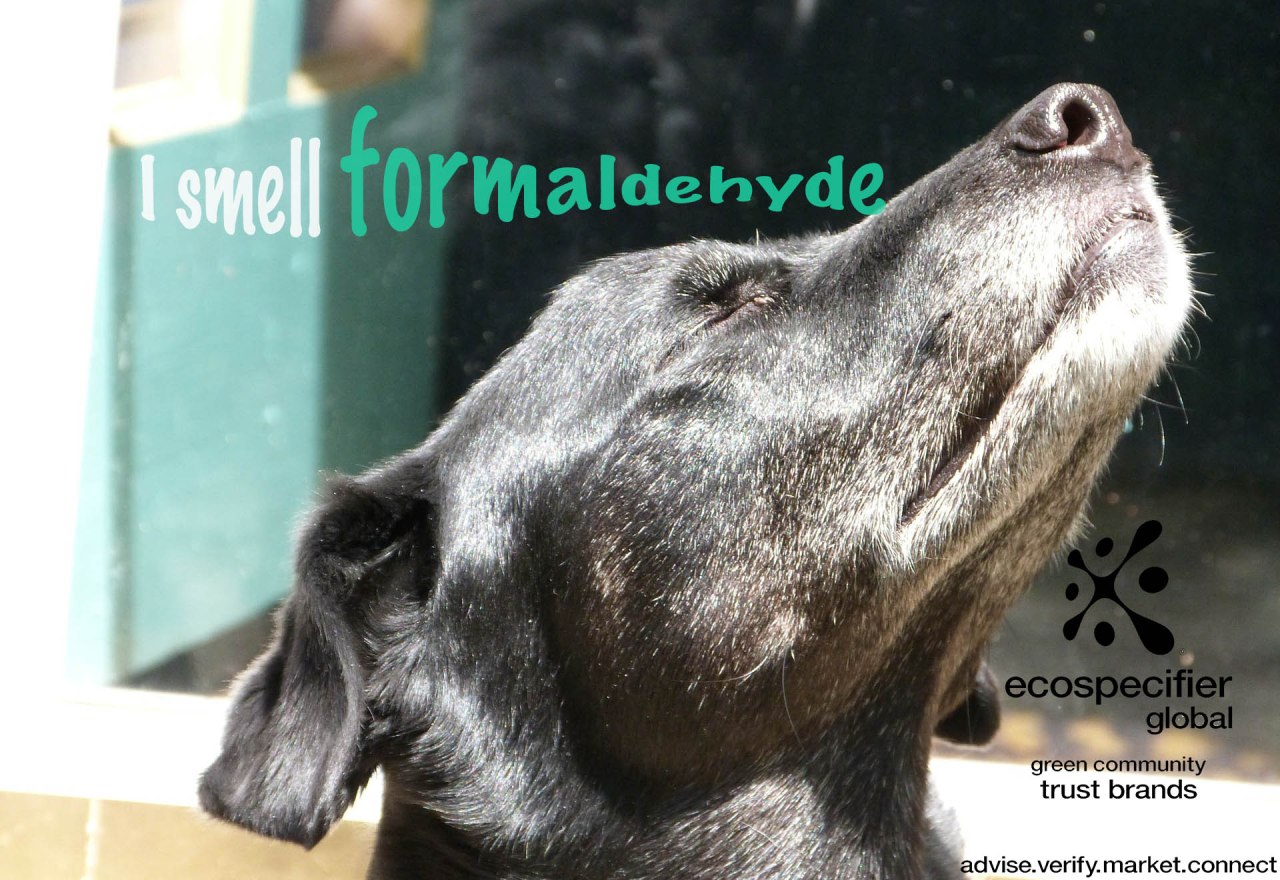Canned tomatoes, shopping receipts and that “new” car or sweet new kitchen smell are all everyday things that can be hazardous to our health. Seemingly harmless activities and products are exposing us to a toxic suite of dangerous chemicals which have a number of known or potential negative health impacts such as skin irritations, allergies, reproductive and endocrine defects and even cancer.
We live in a toxic world, exposed to a vast range of chemicals in our food, products and environments, many of which, the immediate and long-term effects of, are unknown. But by staying informed and by being a conscious, educated consumer, you can protect your own and your families health, and as a bonus help out the environment as well because many of these chemicals can have the same impacts on animals and fishes that they do on us.
Canned goods and thermal paper shopping receipts can contain BPA a potent hormone mimicking agent that disrupts our endocrine system, the new car smell and the greasy film inside the car windscreen is likely from plasticisers also endocrine disruptors, the sweet smell of a new kitchen or cupboard is either formaldehyde, a cancer producing wood binder or volatile organic compounds (VOCs) from solvents in wood lacquer that are central nervous system and liver toxins.
So how can you avoid the myriad of chemicals you can be exposed to everyday, when you cannot see them, often cant smell them and they are potentially, well, everywhere?
Here are the top 10 helpful tips to help you detoxify your body and your environment.
- Buy certified green products. Support manufacturers, companies and supermarkets that produce cleaner and greener products that have been third party certified as preferred products. Such certification is your proof that the products are the healthy, green products they claim to be;
- Where you cant find certified healthy products, look for products that:
- use natural renewable materials;
- are low VOC emitting
- don’t contain BPA or other endocrine disruptors
- If PVC, are phthalate plasticiser free;
- use low emission (E0 or E00) formaldehyde emission panel boards for kitchens and cupboards;
- If you want to search for products that have been third party verified or certified as healthy and low environmental impact look for all kinds of products for yourself and your home on Ecospecifier.com.au
- Check out certified healthy and sustainable product ratings for your DIY home project products on GlobalGreenTag.com;
- Avoid plastic water bottles. Use reusable bottles like stainless steel and glass;
- Eat less fish. Did you know that many toxic chemicals are stored in the fatty tissue of carnivorous fish and toxins like mercury from industrial pollution and coal fired electricity bioaccumulate in predatory fish;
- Buy naturally derived personal care products which don’t contain chemicals such as parabens, ethylene glycol and EDTA;
- Eat certified organic food and meats;
- Detox your home.
- Minimise the area of carpet;
- Use healthy cleaning agents or microfibre;
- Minimise the use of insecticide and don’t use ‘insect bombs’ or residual surface sprays;
- If you use air fresheners, use only natural plant essence derived oils;
- Don’t use chemical disinfectant surface sprays. Usedilute eucalyptus or thymol if you need to disinfect.
- Detox your body. Anti-oxidants are a great way to protect yourself from some of the effects of the daily chemical load on your body. Make sure your diet and supplements maintain a daily regimen of a broad spectrum of antioxidants like Vitamin C and E.
Explore more about the product ranges that have been eco-certified and listed by Ecospecifier, by using the Product Search Engine on Ecospecifier Global: http://www.ecospecifier.com.au
Join us in more conversations about green products and sustainability issues on our social media pages:
Follow Ecospecifier on Facebook
Follow Ecospecifier on Twitter
Follow Ecospecifier on LinkedIn
Join our Social Media Honour Roll – support the switch to green products
Like, Comment and Share our blogs and posts on your social media pages … and we will send your name out to more than 16,000 subscribers via our monthly Ecospecifier Global Newsletter, which you can SIGN UP TO HERE
See which stellar individuals, businesses and networks made the latest Honour Roll on Twitter and Facebook HERE We salute you in helping us educate and help more people #MaketheSwitch to #EcoResponsible products.

